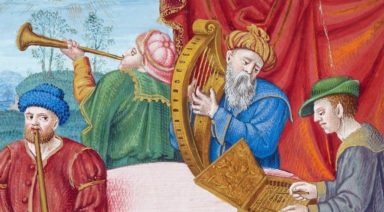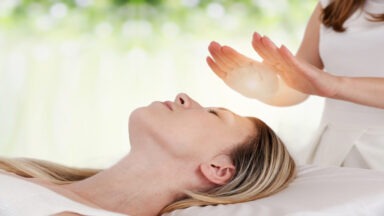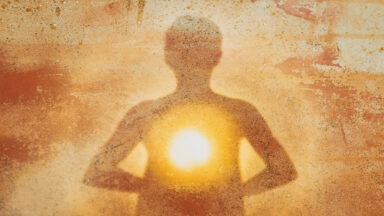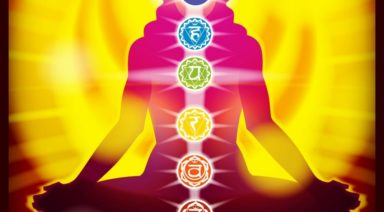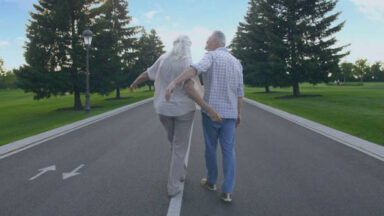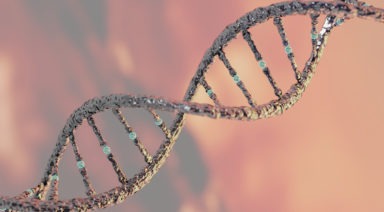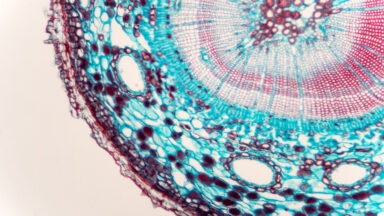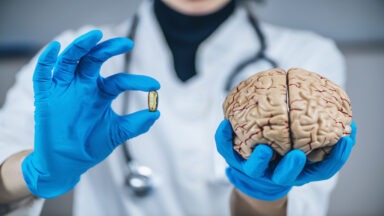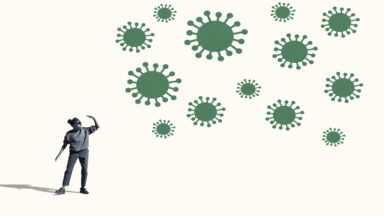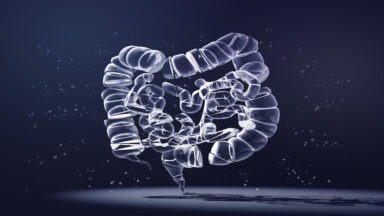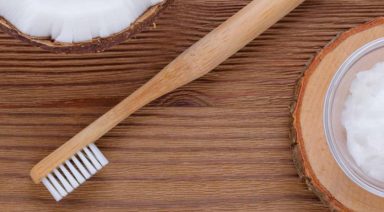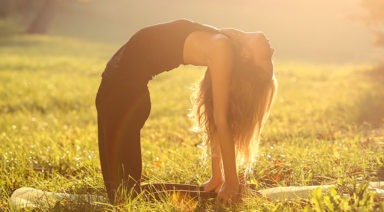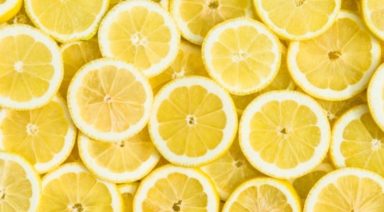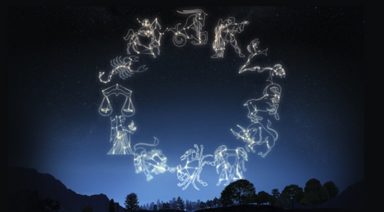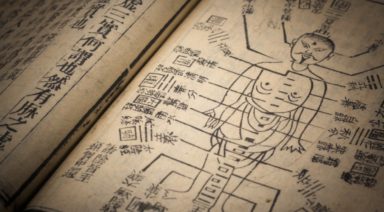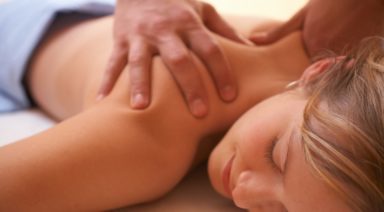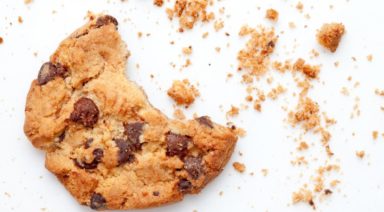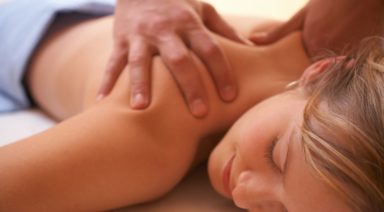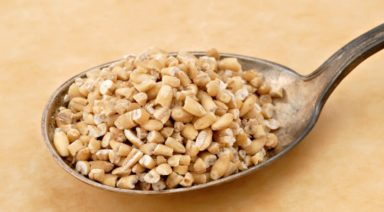Reflexology 101: Getting Off On the Right Foot
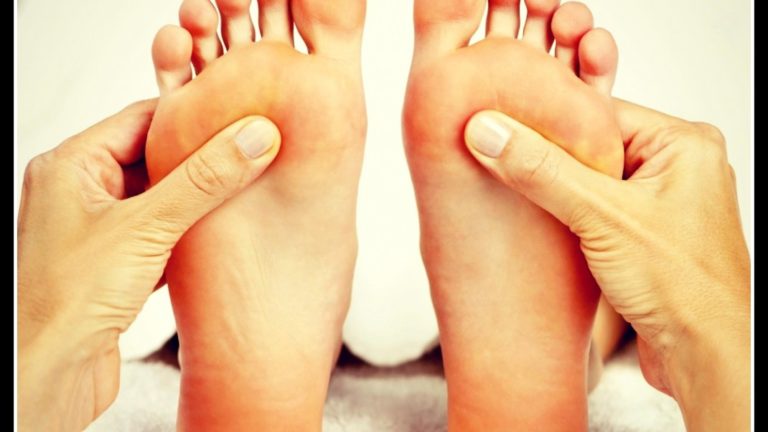
If you want to balance your body, relieve your bodily pain and relax, would you look to your foot first? Probably not, but that may just be because you haven’t explored foot reflexology.
According to practitioners, foot reflexology is a simple, non-invasive method to help balance the body. It has been described as a natural therapy that requires the application of a specific type of pressure on particular areas of the feet. It gets its school of thought from the principle that there are reflexes in the feet which correspond to every part of the body, so by understanding the “maps,” you can do anything from relaxation to improved circulation, and also add a general feeling of wellness. It’s like a massage for your feet…that affects your whole body!
Reflexology is actually an ancient practice. It’s been practiced for thousands of years in such places as China, Egypt, and India. It was first brought to North America by Dr. William Fitzgerald, who was an ear, nose and throat specialist. His first stab at Western reflexology was called “zone therapy”; this was around the early 1900s. From there, Eunice Ingham, a physiotherapist, picked up the pieces and developed techniques and a body map of the foot, which later became known as reflexology. In modern days, reflexology is increasingly becoming a popular form of holistic therapy.
Why is it so popular? Those who undergo treatments credit this therapy with:
- Profound relaxation and stress management
- Aches, pains and tension relief
- Digestive and elimination solution
- Improved sleep patterns
- Increased mental and physical well being
As for the basics of how it works, foot reflexology simply refers to the reflexes that have been mapped out in the foot. There are many different foot reflexology charts that show where the reflexes are for every part of the body. Although it is like a massage, its principles are entirely different. It is thought that reflexology works through nerve endings, while massage focuses on the muscles and soft tissue of the body. This is where the practice gets its name; it works on the reflexes, not just the skin, muscle, or tissue. It should not be painful, though like in a massage there could be stressed areas of your body that are more tender or uncomfortable. However, the applied pressure to those areas, the less tender they will become.
Until recently, reflexology was mostly ignored by science and relied on anecdotal evidence to buoy its good name. Today, though, there are many associations and organizations promoting and supporting the work of reflexologists from around the world. There is even an International Council of Reflexologists which has produced a Research Analysis Document that contains over 300 reflexology research studies, mainly from such places as China, Denmark, and the United Kingdom. Even in North America, a study has been published in the American Journal of Obstetrics and Gynaecology. Some of this research studies examined the effects of reflexology upon certain health conditions such as: asthma, back pain, cancer, chest pain, childbirth, PMS, heart disease, constipation, gout, migraine, headaches, multiple sclerosis, and nervous exhaustion.
If you’re interested in learning this art for yourself, fret not. Reflexology is fairly easy to learn. It usually involves a few hands-on courses in the practical application, as well as provide a theoretical understanding of the anatomy and physiology of the body. The most popular method of reflexology is typically of the feet, but hand and ear reflexology are also practiced.
The Basic Areas

Of course, a map is useless unless you understand it! Take a look at the basic sections, so you can know where to start and finish, what corresponding body part you’re working on, and so on. With a little practice, you’ll be affecting the right places without even looking at the chart. Always make sure that the person receiving the treatment has a lot of water afterwards!

Sole
This is a great beginners and professionals reflexology foot map. Learn the basics of these, and you will be able to provide solutions such as relief from blocked sinuses. For instance, you locate the sinuses area on the map above (tips of all the fingers and toes), repetitively squeeze and release the sinus area for twenty seconds on each finger or toe (begin on the right hand/ foot with thumb along to little finger, repeat on left hand/ foot), and gently rotate all the joints on each finger or toe (begin on the right hand/ foot with thumb along to little finger, repeat on left hand/ foot).

Inside
This diagram focuses on movements to do with the spine, which is the most important reflexology area because it’s the super highway for all the talking your bones, nerves and muscles do with your brain.
, locate the part of the spine that is level with the shoulder area (from the base of big toe to where ball of foot finishes), thumb walk this part on the spine area up and down for several minutes, and then thumb walk the entire shoulder area.

Meridian Toe Points
When stimulating the meridian points, apply gentle but firm pressure to each point, moving in a clockwise, then counterclockwise motion.
Healing Frequencies of the Ancient Solfeggio Scale

Early in the 11th century, an Italian Benedictine monk, Guido of Arezzo, was looking for ways to teach melodies and harmonies to monastic choirs. One of his methods was a mnemonic tool, called the “Guidonian Hand.” Notes were associated with places on the fingers and palm. Once mastered, a choirmaster could point to his hand to inform singers of the next note. This was a new way to teach music — but Brother Guido continued to innovate.
Finding a way to express a musical scale, he created staff notations to teach chants and hymns. Guido’s original notations were “UT RE MI FA SOL LA,” derived from the first syllable of each half-line of the ancient “Hymn to Saint John the Baptist,” descended from an even more ancient work by Horace, an 8th century BC Roman poet.
This scale of six notes (C, D, E, F, G, A), the ancestor of our “so re mi fa so la ti do,“ evolved into the modern diatonic scale after “UT” became “DO” in the 19th century, and “TI” (B) was added later. “Solfeggio” is based on the word “solfège,” the name for this notation method of teaching pitch and sight singing.


